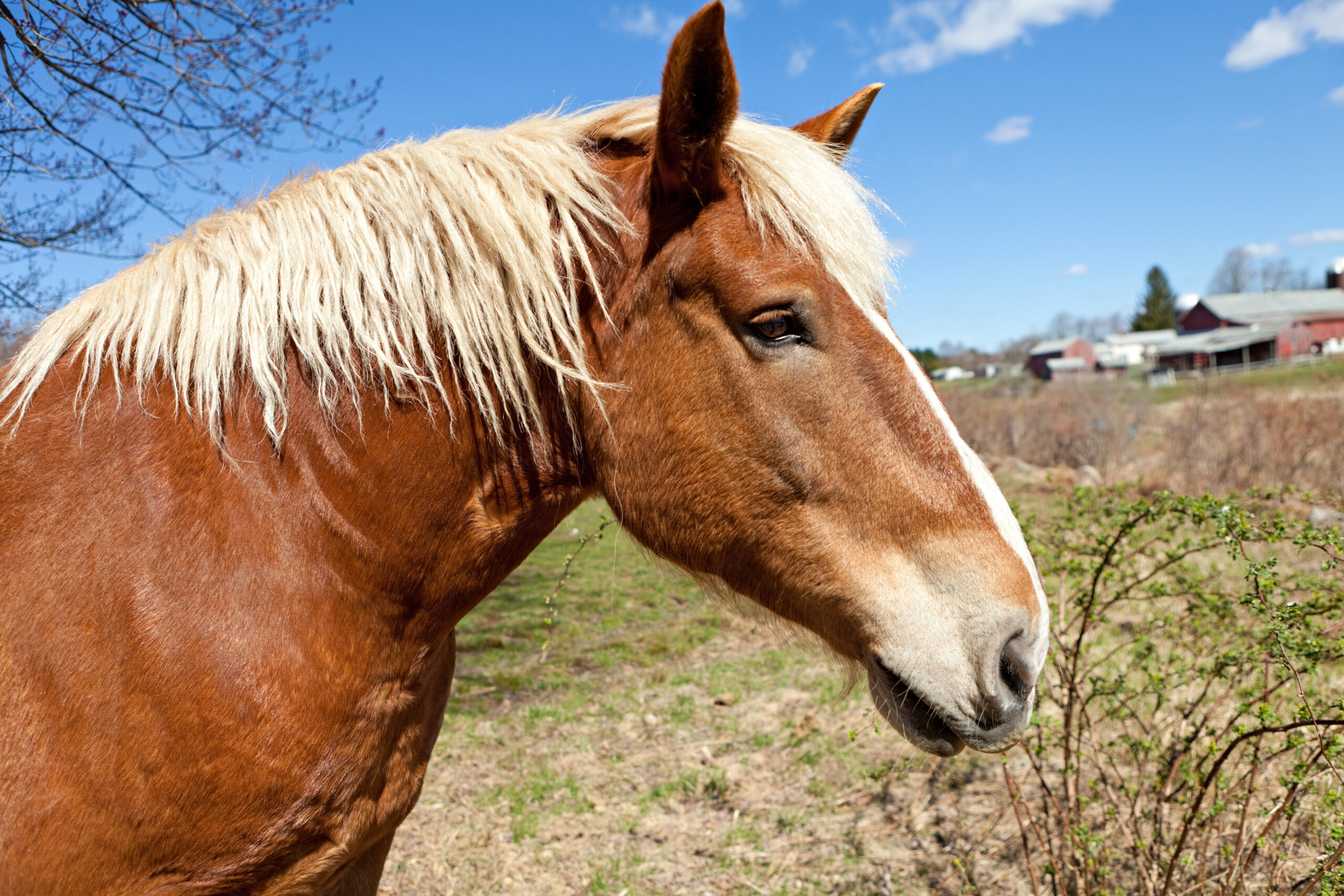Are you thinking about raising livestock at home? If so, you’re not alone. Many people are choosing to raise their own animals for a variety of reasons, including better quality meat and dairy products, sustainability, and self-sufficiency. Raising livestock can be a rewarding experience, but it also requires careful planning and attention to detail. In this blog post, we’ll cover everything you need to know about keeping animals on your property.
Introduction to Raising Livestock at Home
The first step in raising livestock is deciding which animals you want to keep. Some popular choices include chickens, goats, sheep, pigs, and cows. Each animal has its own unique needs and requirements, so it’s important to choose the ones that will thrive on your property. Once you’ve chosen your animals, it’s time to start building and maintaining a habitat for them.
Choosing the Right Animals for Your Property
When choosing which animals to raise, there are several factors to consider. First, think about the size of your property and how many animals it can support. You don’t want to overcrowd your animals or give them too little space to move around. Next, consider the climate in your area and what types of animals will do well in those conditions. For example, if you live in a hot, dry region, you may want to avoid breeds that require lots of water. Finally, think about the purpose of your animals. Are you looking for milk, eggs, or meat? This will help you determine which breeds are best suited for your goals.

Building and Maintaining a Habitat for Your Animals
Once you’ve chosen your animals, it’s time to build and maintain a habitat for them. The specific needs of each animal vary, but some general guidelines apply across all species. Make sure your animals have access to clean drinking water, shelter from extreme weather conditions, and enough space to move around comfortably. You should also provide a feeding station where they can easily access food. Avoid using chemicals or pesticides near your animals’ habitats, as these can harm both your animals and any produce you plan to consume.
Feeding and Caring for Your Animals
Depending on the type of animal you’re raising, different feeding practices may apply. Chickens, for example, can eat scraps from your kitchen along with commercial feed, while goats require more hay and grains. It’s essential to research the dietary needs of your animals and provide them with balanced nutrition. Additionally, regular health checks and vaccinations are necessary to prevent disease outbreaks. By taking good care of your animals, you’ll ensure they remain healthy and productive.
The Benefits of Raising Livestock at Home
There are numerous benefits to raising livestock at home. One major advantage is the ability to control the quality of the food you consume. When you raise your own animals, you know exactly what goes into their diets and can ensure they receive high-quality feed and care. Another benefit is the potential for financial savings. While initial setup costs can be significant, once your animals begin producing, you can save money by consuming your own products instead of purchasing them from stores. Finally, raising livestock can be an enjoyable hobby that provides opportunities for learning and personal growth.
Conclusion
In conclusion, raising livestock at home can be a fulfilling and rewarding experience. However, it requires careful planning, attention to detail, and dedication to providing excellent care for your animals. With proper preparation and management, you can enjoy fresh, high-quality food produced right on your own property.





